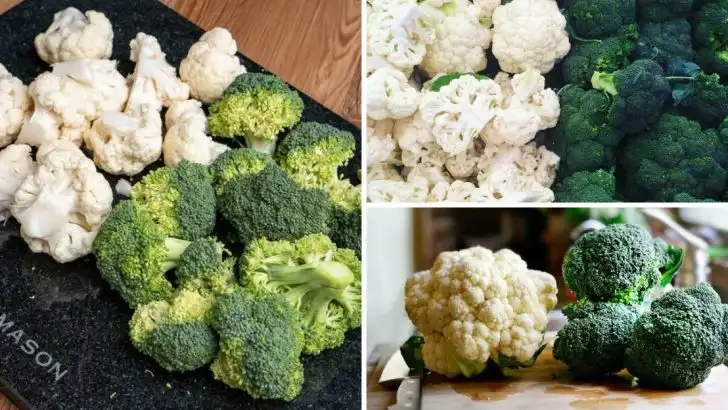Broccoli and cauliflower might look like botanical cousins—and they are—but their differences go way beyond color. From taste and texture to how they cook and what nutrients they offer, each brings something distinct to the table. If you’ve ever wondered which one fits your plate or lifestyle better, it’s not just about preference—it can come down to real nutritional and culinary differences.
Some folks swear by broccoli for its slight bitterness and hearty crunch, while others prefer cauliflower’s milder taste and versatility. And then there’s the gardening side of things: how they grow, how much space they need, and what kind of care they demand. This list of 11 differences cuts through the noise and breaks down what really sets these two apart, whether you’re cooking them up or growing them yourself.
Color & Appearance
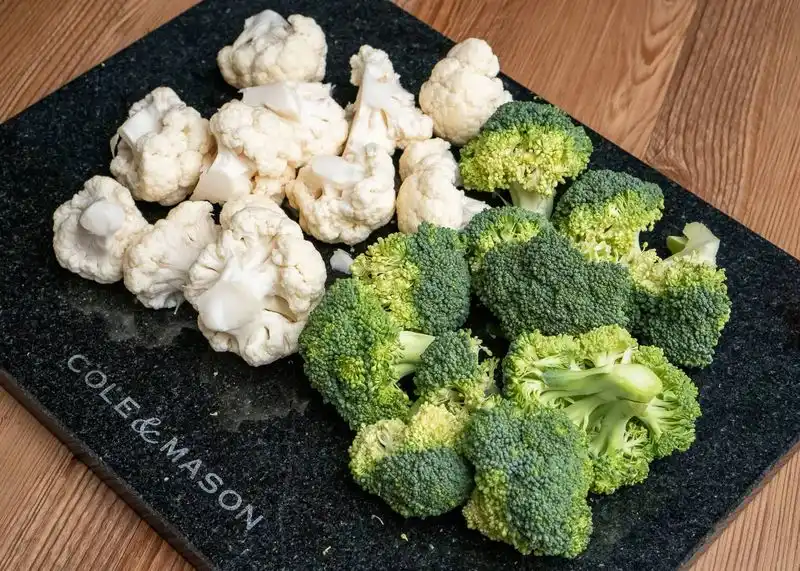
Broccoli’s rich, green florets stand in stark contrast to the white, almost ghostly appearance of cauliflower. This visual difference is more than skin-deep. The pigmentation in broccoli comes from chlorophyll, which not only colors the vegetable but also contributes antioxidants beneficial for health. Cauliflower’s lack of color is due to the absence of these pigments. This lack of chlorophyll makes cauliflower a blank canvas, perfect for food coloring in quirky culinary creations. In the end, what you see is what you get, making appearance a key identifier.
Taste Profile
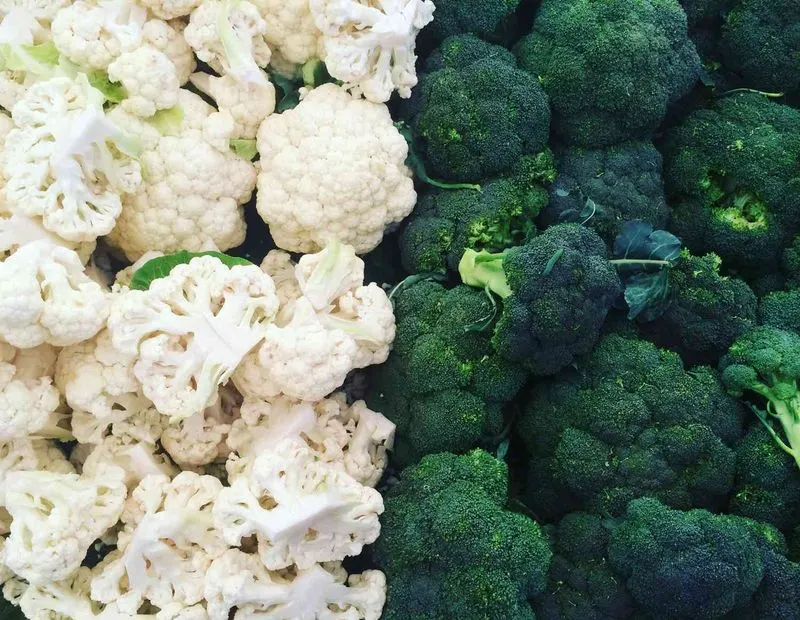
Taste can be a decisive factor when choosing between broccoli and cauliflower. Broccoli offers a more robust, slightly bitter flavor, which can be either a delight or a determent, depending on personal preference. In contrast, cauliflower provides a mild, nutty taste, making it versatile in various dishes. This subtlety allows cauliflower to adopt flavors from spices and herbs, becoming a culinary chameleon. Whether roasted or steamed, flavor is fundamental to their identity, influencing recipes and dining experiences alike.
Nutritional Content
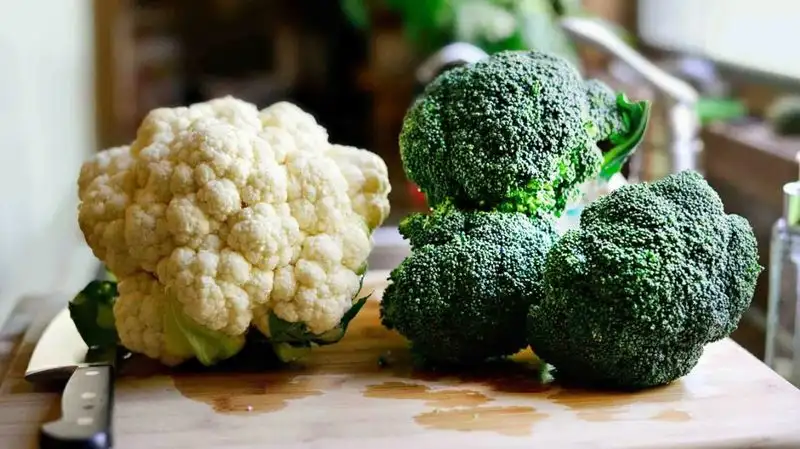
Both broccoli and cauliflower are nutritional powerhouses, yet they each have unique strengths. Broccoli boasts higher levels of vitamins C and K, promoting immune and bone health, while cauliflower is rich in vitamin B6 and folate, essential for metabolism and brain function. These differences can guide dietary choices based on individual health needs. Whether you’re seeking to boost immunity or enhance cognitive function, understanding these nutrients helps to harness the benefits of each vegetable.
Culinary Uses
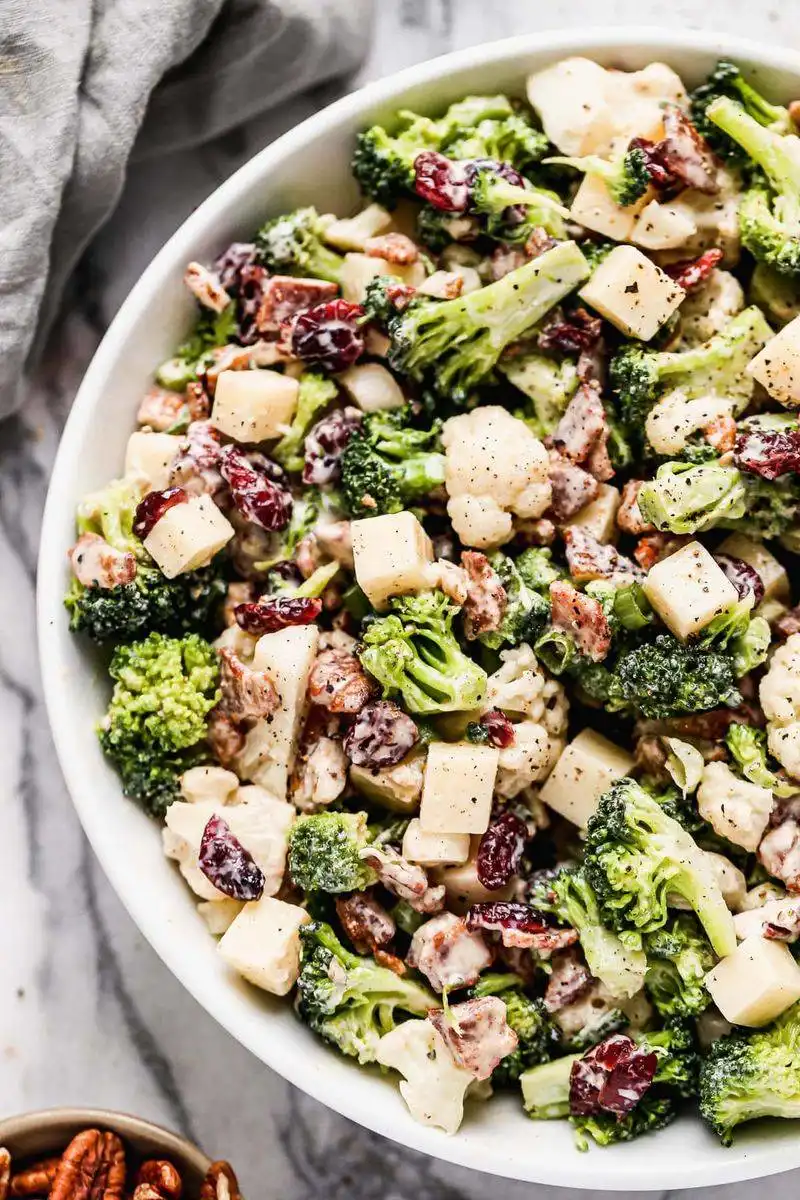
Broccoli and cauliflower are stars in their own right in the culinary world. Broccoli’s hearty texture makes it ideal for stir-fries and pastas, adding a crunch and vibrant color. Cauliflower’s softer disposition allows it to transform into rice, pizza crusts, and creamy soups. This versatility in preparation showcases their adaptability in the kitchen. Whether you’re looking for a crunchy addition to your meal or a low-carb alternative, each vegetable can fulfill a specific role, enhancing any dish.
Growth Conditions
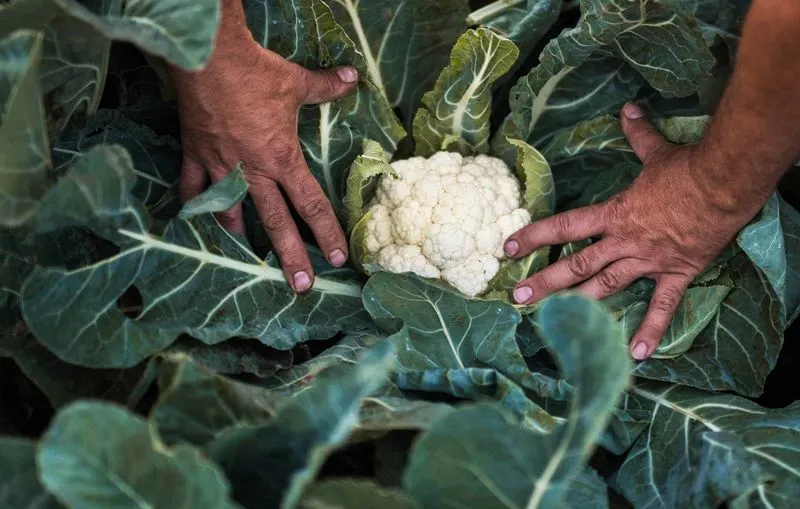
The journey from seed to harvest reveals differences in cultivation. Broccoli thrives in cooler climates, favoring moderate temperatures and consistent moisture to produce its best yield. Cauliflower, however, demands careful attention to its environment, requiring warmth and protection from extreme heat to prevent premature flowering. These growing conditions shape their availability in markets and influence the agricultural calendar. Understanding these needs can guide gardeners and chefs alike in selecting the right time and place for cultivation.
Texture
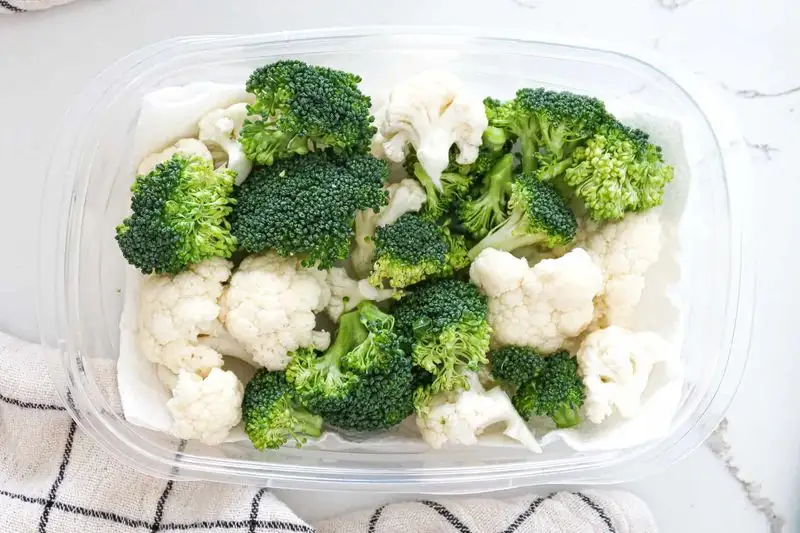
Texture plays a pivotal role in the appeal of broccoli and cauliflower. Broccoli’s dense, fibrous stalks and compact florets offer a satisfying crunch, ideal for raw consumption or stir-fries. Cauliflower’s smoother, softer texture makes it a favorite for purees and creamy dishes. This contrast in texture can dictate their use in recipes, with broccoli often preferred for its chewiness, while cauliflower is chosen for its ability to blend smoothly into dishes. Texture, therefore, significantly influences culinary versatility.
Family History
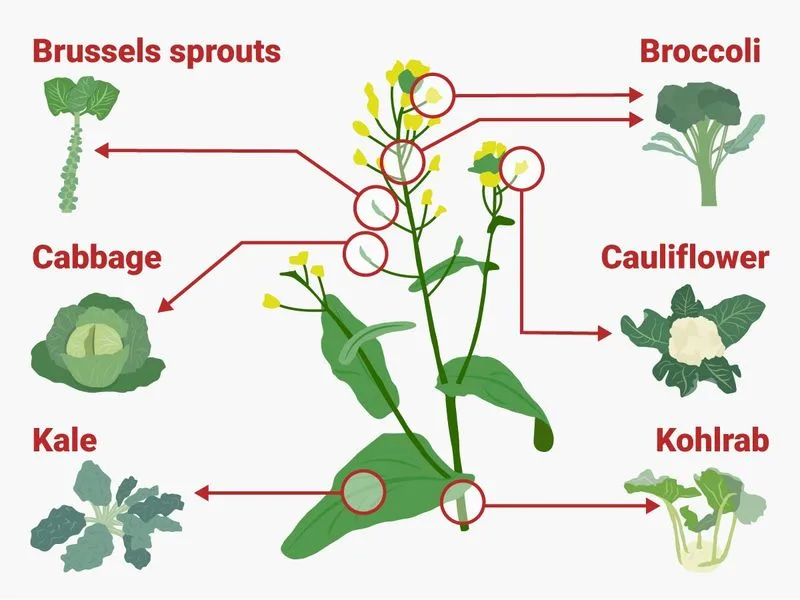
Both broccoli and cauliflower share a rich history, tracing back to the Brassica family in the Mediterranean. Broccoli’s lineage dates to ancient Rome, where it was favored for its robust taste and nutritional benefits. Cauliflower’s journey began in the Middle East, eventually spreading across Europe as a delicacy. This shared family tree underscores their similarities yet highlights unique evolutionary paths. Understanding their origins adds depth to their culinary roles today, enriching appreciation for these age-old vegetables.
Popularity & Availability
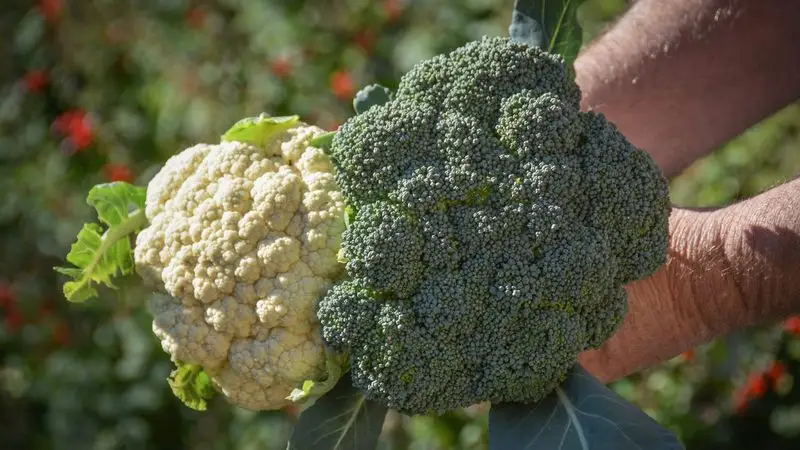
Popularity between broccoli and cauliflower can often be seen in market stalls. Broccoli tends to be more readily available, thanks to its year-round growing conditions and consistent demand. Cauliflower, while popular, often appears in waves, influenced by seasonal demand and culinary trends. The ebb and flow of their availability can inspire chefs to develop seasonal menus featuring these vegetables at their peak. Recognizing these trends helps in planning dishes that celebrate their unique qualities.
Health Benefits
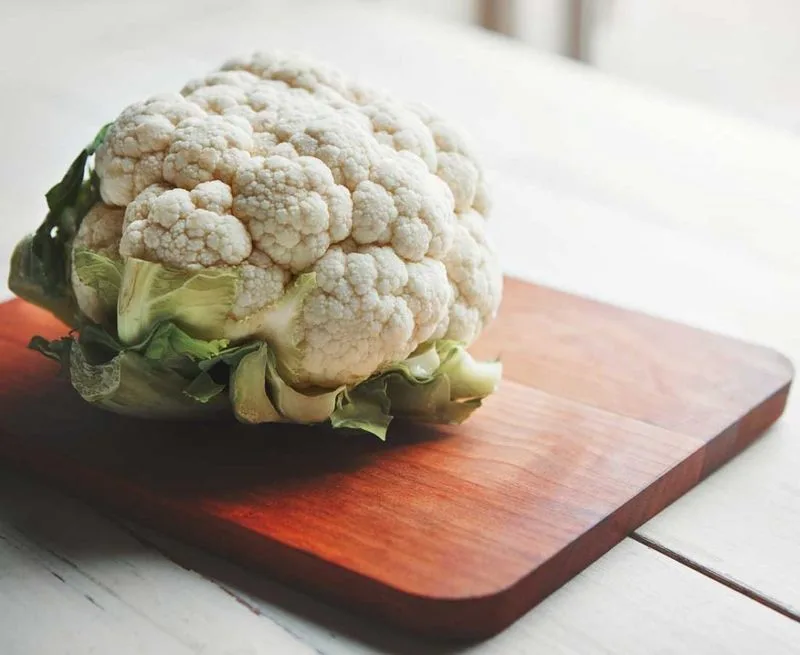
Health-conscious eaters often choose between broccoli and cauliflower for their specific benefits. Broccoli is celebrated for its cancer-fighting properties, thanks to compounds like sulforaphane. Cauliflower is lauded for its anti-inflammatory benefits and digestive support. These health attributes underscore the importance of incorporating these vegetables into a balanced diet. Whether aiming to enhance overall health or target specific wellness goals, both broccoli and cauliflower offer robust benefits that cater to diverse needs.
Cooking Time

Cooking time can be a practical difference when preparing these vegetables. Broccoli typically requires a shorter cook time to retain its crunch, often just a quick steam or sauté. Cauliflower, with its denser structure, may need longer cooking to achieve tenderness, whether roasted or boiled. These differences can affect meal planning, with broccoli offering speedier options and cauliflower providing a heartier, time-invested dish. Knowing the optimal cooking times ensures the best textures and flavors are achieved.
Cultural Significance
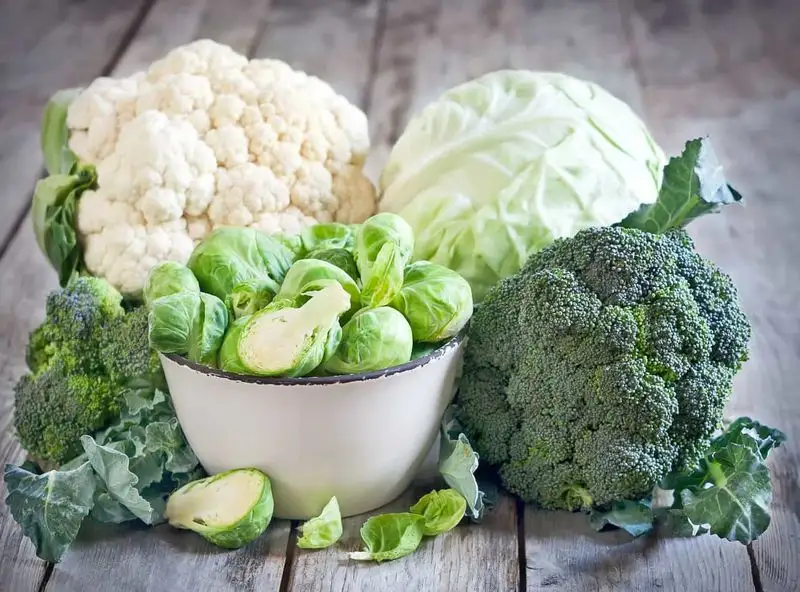
Broccoli and cauliflower hold unique places in global cuisine. In Italy, broccoli rabe is a traditional ingredient in many pasta dishes, showcasing its cultural roots. Cauliflower shines in Indian cuisine, often found in curries and pickles, demonstrating its versatility and adaptability. These cultural ties enrich their appeal, providing a lens into diverse culinary traditions. Exploring these connections can inspire new ways to incorporate broccoli and cauliflower into meals, celebrating their role in global food culture.

